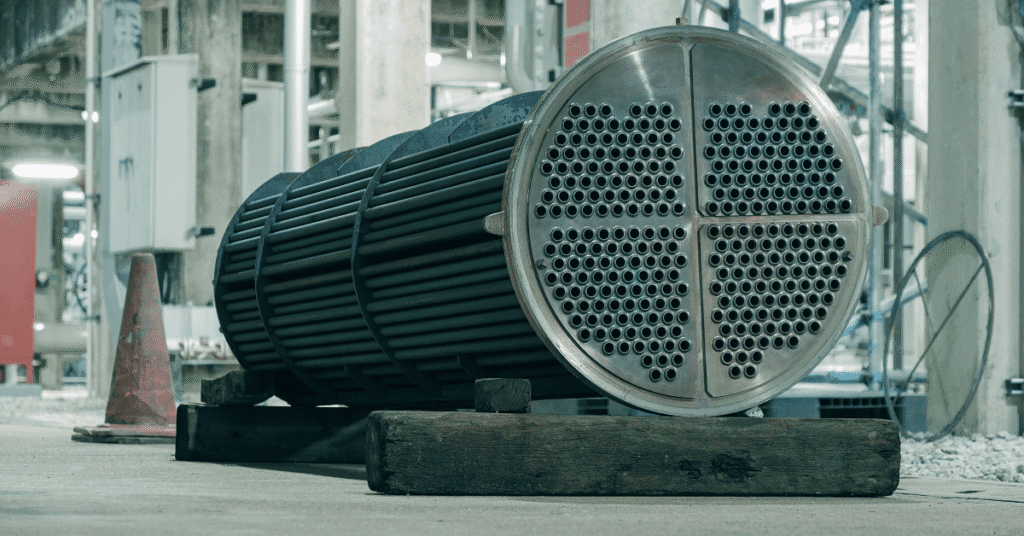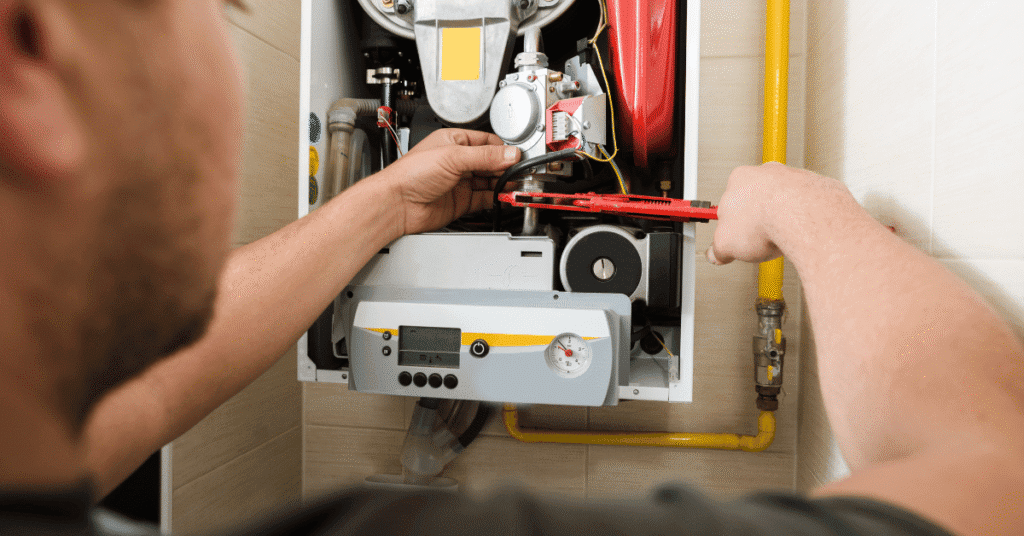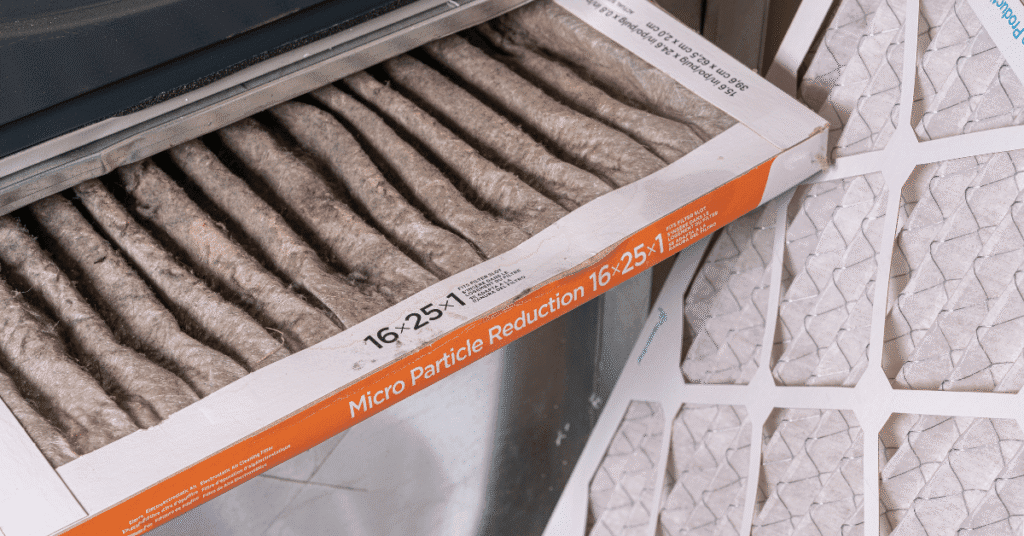Choosing the right furnace for your home isn’t just about comfort, it’s about efficiency, cost, and the long-term reliability of your heating system. The furnace size you install directly impacts how well you heat your home, how much you spend on your energy bill, and how often you’ll need repair or maintenance.
Many homeowners ask, What size furnace do I need for my house? The answer depends on more than just the square footage of your home. Factors like insulation, climate, windows, and ceiling height all affect your furnace sizing for your home. This guide to furnace sizing will explain everything you need to know, including BTU calculations, common mistakes, and why professional help ensures you get the right furnace size.
Why Furnace Size Matters
A properly sized furnace makes a big difference:
- An undersized furnace works overtime, raising your energy bill and struggling to heat your home.
- An oversized furnace or a furnace that’s too big cycles on and off quickly, leaving uneven heating throughout your home and wearing out parts faster.
- A correctly sized furnace keeps your home warm steadily and extends the system’s life.
In short, furnace size is crucial for comfort, efficiency, and cost savings.
Key Factors That Influence Furnace Sizing
The Right Answer: What Size Furnace Do I Need?
Home Size and Square Footage
The starting point is always the square footage of your house. Larger homes require more BTUs per square foot.
Climate Conditions
The climate where you live changes the amount of heat required. For example:
- Warm climates → 30–35 BTUs per square foot.
- Cold climates → 50–60 BTUs per square foot.
If you live in Oklahoma, you’ll need fewer BTUs than homes in northern states.

Insulation and Energy Efficiency
Insulation plays a key role. A smaller but poorly insulated home may need the same furnace size as a larger well-insulated home.
Ceiling Height and Floor Plan
High ceilings and open layouts demand a larger furnace because warm air rises quickly.
Windows and Sun Exposure
The number of windows and how much sun your home receives also affect furnace needs.
Understanding Furnace Size in BTUs
Furnace output is measured in BTUs (British Thermal Units).
- One British Thermal Unit is the amount of heat required to raise the temperature of one pound of water by one degree.
- A furnace with a BTU output shows how much heat it can produce in an hour.
General rules:
- Warm climates: 30–35 BTUs per square foot.
- Moderate climates: 40–50 BTUs per square foot.
- Cold climates: 50–60 BTUs per square foot.
Example:
- A 1,500 sq. ft. home may need around 45,000–60,000 BTUs.
- A 2,500 sq. ft. poorly insulated home may need closer to 80,000 BTUs.
This is why a BTU furnace must be carefully calculated.
Common Furnace Sizes for Homes
- 40,000–60,000 BTUs → Small homes (up to 1,800 sq. ft.).
- 60,000–80,000 BTUs → Medium homes (1,800–2,500 sq. ft.).
- 80,000–100,000 BTUs → Large homes (2,500 sq. ft. and above).
These estimates can change depending on insulation, climate, and square footage of your home.
Mistakes Homeowners Make in Furnace Sizing
- Choosing the biggest gas furnace “just in case.”
- Ignoring insulation upgrades and window replacements.
- Forgetting that ductwork and HVAC design also affect efficiency.
- Using only square footage without a proper calculation.
A furnace is too small will constantly run, while a furnace is too large wastes energy and money.

Professional Furnace Sizing Calculation
The best way to determine what size furnace you need is through a Manual J calculation by an HVAC professional. This calculation includes:
- Square footage of your house
- BTU rating needs
- Insulation levels
- Climate zone
- Windows and ceiling height
- Duct efficiency
A size calculator online can help, but only a professional ensures accuracy for furnace installation.
Signs You May Have the Wrong Furnace Size
- The furnace runs constantly but doesn’t heat evenly.
- Rooms feel too hot or too cold throughout your home.
- The furnace turns on and off in short cycles.
- Your energy bill keeps rising.
- The furnace is more than 15 years old.
If these apply, you may have an undersized furnace or an oversized furnace.
Tips Before Buying a New Furnace
- Use a furnace size calculator or schedule a professional calculation.
- Look at the BTU rating and AFUE efficiency rating.
- Match the furnace size you need to your square footage of your home and insulation.
- Choose between electric or gas furnace options.
- Plan for yearly cleaning, repair, and installation support.

Conclusion: Get the Right Furnace for Your Home
When it comes to heating, choosing the right size furnace is one of the most important steps in keeping your home warm and energy bills manageable. A correctly sized furnace avoids costly breakdowns, improves comfort, and ensures long-term savings.
If you’re asking, “What size furnace do I need?” the answer depends on a detailed BTU calculation and your home’s unique needs. The best way to find the right furnace is with a professional HVAC contractor who can evaluate your square footage, insulation, and BTU furnace output requirements.






